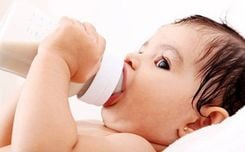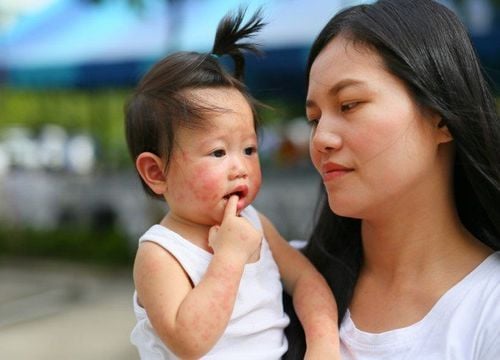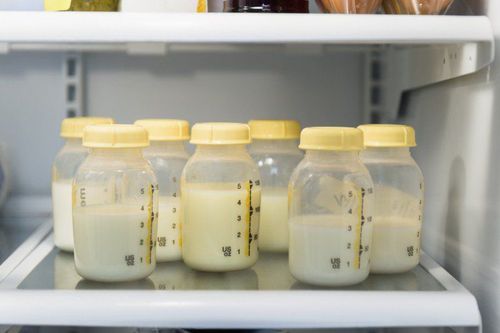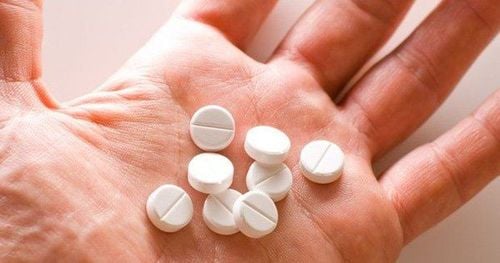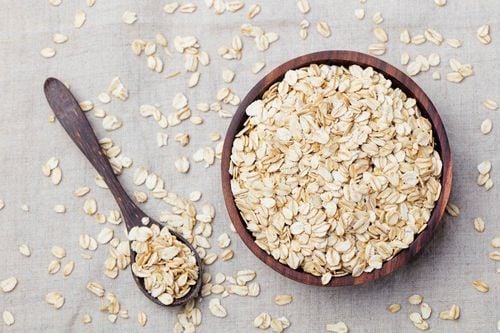Parents often wonder if their children are bigger or smaller than other children their age. Children's development is often assessed through height and weight.
1. How tall is a 2-year-old boy?
According to the World Health Organization (WHO), the average height of a 2-year-old boy is about 85 - 90 cm. Children shorter than 82 cm are classified as stunted, and children shorter than 78 cm are classified as severely stunted.
2. How many kg does a 2-year-old boy weigh?
Based on statistics from the World Health Organization, the average weight of a 2-year-old boy is about 11 – 14 kg. Children under 9.5 kg are classified as underweight, and under 8.5 kg are classified as extremely underweight.
3. What does the height and weight of a 2-year-old boy indicate?
The height and weight of a 2-year-old boy are the main parameters that doctors use to assess the development of a child. When a child develops continuously and comprehensively, parents can easily see that their child's confidence also increases.
The weight and height of a 2-year-old boy should be assessed according to the World Health Organization's growth and development monitoring chart. When checking the health of a 2-year-old child, the pediatrician will weigh and measure the child's height, and mark it on the child's growth chart. A healthy boy is one whose growth curve is upward on the growth chart. This means that a 2-year-old child should weigh about 11 - 14 kg and be 85 - 90 cm tall. When the child's growth curve is far from the average value, this is a sign that suggests that the child may be overweight or malnourished.
If you are concerned about your child's growth or development, seek advice from your doctor or health care provider. Your doctor can assess your child and advise you on how to achieve balanced growth. For example, your doctor may need to make changes to the type of food your child eats, the frequency or number of meals. Or your child may need more emotional support, or stimulation, or physical activity to help them become healthier.
If your child is severely malnourished, he or she may need urgent special care. If your child is obese, he or she may need medical assessment and specialist treatment. Discuss this with your health care provider.
In short, all of the above problems can be detected by monitoring the height and weight of a 2-year-old boy. Children who want to develop comprehensively should prioritize good physical development.
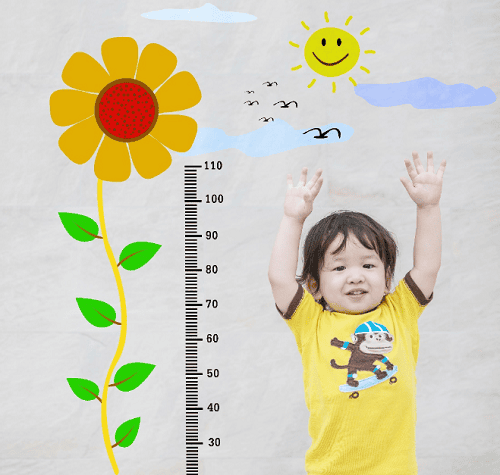
4. How to feed 2-year-old boys to grow well?
There is a big change in eating habits in 2-year-old children: at this age, parents should give their children 1% fat milk or skim milk instead of whole milk as before. Other products made from low-fat milk such as yogurt and cheese should be supplemented. Doctors recommend that 2-year-old children should be supplemented with about 700 mg of calcium per day. Fat should account for less than 30% of total energy in the day.
2-year-old boys need to continue to eat 3 meals a day, and add 2 snacks. The types of food provided to children need to be diversified, including all essential food groups such as green vegetables, fruits, cereals, and protein and fat. A typical serving of 2-year-old boys can be referred to as a plate of noodles with meatballs, vegetables and chopped fruits.
Diversity in food is important when building a nutritional regimen for 2-year-old boys to achieve reasonable growth in weight and height. Fruits and vegetables are two food sources that should not be ignored. At first, children may refuse because of unfamiliar flavors. But don't give up because fruits and vegetables are often eye-catching colors so parents can use them to prepare many attractive dishes and attract children's attention.

5. Other developmental milestones for 2-year-old boys
In addition to the weight and height milestones for 2-year-old boys, some other milestones of maturity to note include:
- Motor skills. A 2-year-old boy can walk up stairs one step at a time and hop on both feet at the same time.
- Speech skills. He may say 50 words or as many as 100 words. He may even say two-word phrases. However, if your child can't talk yet, this is usually not a cause for concern. Your doctor will probably check for hearing problems if your child is slow to talk or doesn't talk as much as expected.
- Teething. Your child's second upper molars tend to come in around their second birthday, causing some teething discomfort.
Two years old is also the time when parents should start stepping up their potty training efforts if your child shows signs of readiness. Signs that parents should start potty training for their child may include:
- The child recognizes the need to go to the toilet and communicates it to the parent,
- The child wants to have a dirty or wet diaper changed,
- The child shows interest in the potty,
- The ability to pull up and down pants and keep them dry for at least two hours in a row.
Parents should not rush their child if they are not ready. Experts say potty training can go most smoothly in children between 27 and 32 months of age.
In addition, 2-year-olds need 5 mg of elemental zinc per day to eat well, reach standard height and weight, and exceed standards. Zinc plays a role in most biological processes that occur in the body, especially the process of nucleic acid synthesis and protein breakdown... Organs in the body that lack zinc can lead to a number of diseases such as neurological disorders, irritability, etc. Therefore, parents need to learn about the role of zinc and provide instructions on how to properly supplement zinc for their children. In addition to zinc, parents also need to supplement their children with other important vitamins and minerals such as lysine, chromium, B vitamins, etc. to help their children eat well, have a good immune system, and increase resistance to less illness.

